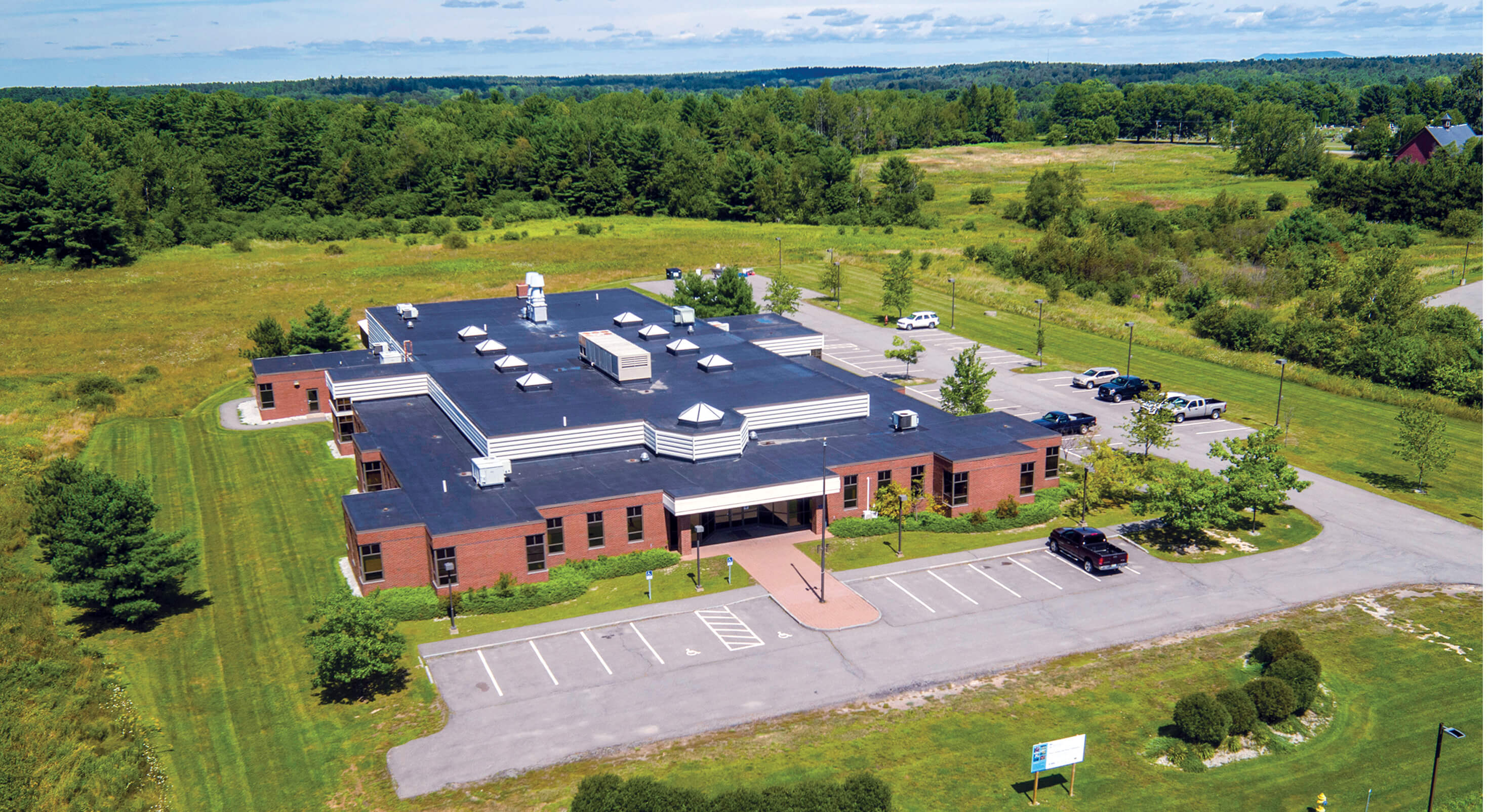In November 2014, Maine voters approved an $8 million bond referendum to support state agriculture, facilitate economic growth in natural resource-based industries, and monitor human health threats related to ticks, mosquitoes and bedbugs through the creation of a Plant, Animal and Insect Laboratory, administered by University of Maine Cooperative Extension.
The new facility, expected to open by early 2018, will house UMaine’s Animal Health Laboratory and Extension’s Insect and Plant Disease Diagnostic Laboratory.
The lab will bring together scientists researching mammals, agriculture, insects and plants under one roof, according to John Rebar, executive director of UMaine Extension. The unique combination of researchers will provide many teaching opportunities for students, as well as premier research and outreach facilities.
By allowing for research contributions to agriculture, public health, communities and wildlife, the lab will aim to benefit Maine in a variety of ways, including protecting the natural resource- and food-based economies, adding to food safety and human health, and providing unique diagnostic and testing services to farmers, homeowners and the public.
The concern about a need for new facilities dates back about 20 years, Rebar says. Both the Insect and Plant Disease Diagnostic Lab, located at 491 College Ave., and the Animal Health Lab, in Hitchner Hall, were in danger of becoming obsolete.
In 2012, a referendum attempt to fund the new lab, as well as facilities at other educational institutions in Maine, failed by a narrow margin. Through research, UMaine Extension and university officials found most voters weren’t aware of the new lab’s purpose or its potential benefits to the state. Two years later, a standalone bond with different wording was presented to voters and passed.
The original plan called for constructing a new facility on University Park Road off College Avenue. After learning a mostly vacant, 28,000-square-foot commercial laboratory building was for sale in Orono only a few miles from campus, it was clear that buying and renovating would offer more options for the budget, including office space, according to Rebar.
“It went from good to great to unbelievable,” he says of the lab development plans.
The building, located on Godfrey Drive across the river from campus, was built about 15 years ago and already contained both laboratory and office spaces. About 3,500 square feet of space in the facility is, and will continue to be, leased to an office of the National Oceanic and Atmospheric Administration.

The building is a prime location for bringing in large animals to be autopsied as it is close to the highway and away from campus. It also sits on a six-acre site with room for expansion.
The new Plant, Animal and Insect Laboratory will include a Biosafety Level 3 (BSL-3) area that will allow for screening of blood-borne pathogens, such as tick-borne diseases. According to the Centers for Disease Control and Prevention, BSL-3 requires primary barriers and personal protective equipment, as well as secondary barriers in the form of lab facilities.
The area will be a biocontrolled environment, according to Anne Lichtenwalner, a UMaine professor, veterinarian and director of the Animal Health Lab. Researchers will be required to take extra precautions, such as wearing lab-specific clothing, showering and sterilizing all materials coming out of the facility. The section also will have its own air-handling system to keep pathogens from escaping, she says.
Other improvements to the Animal Health Lab’s necropsy space include a glassed-in viewing area for students and livestock owners, as well as a private drop-off at the back of the building, complete with a monorail system, to more easily transport large mammals, such as moose or cows.
More about the new lab is online.
